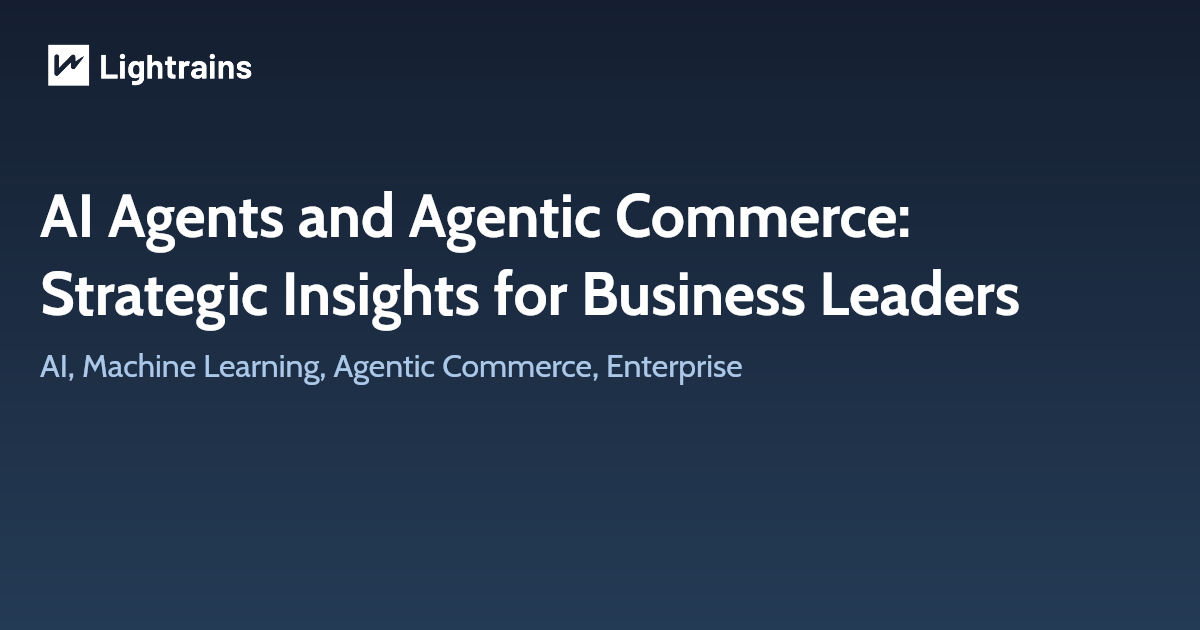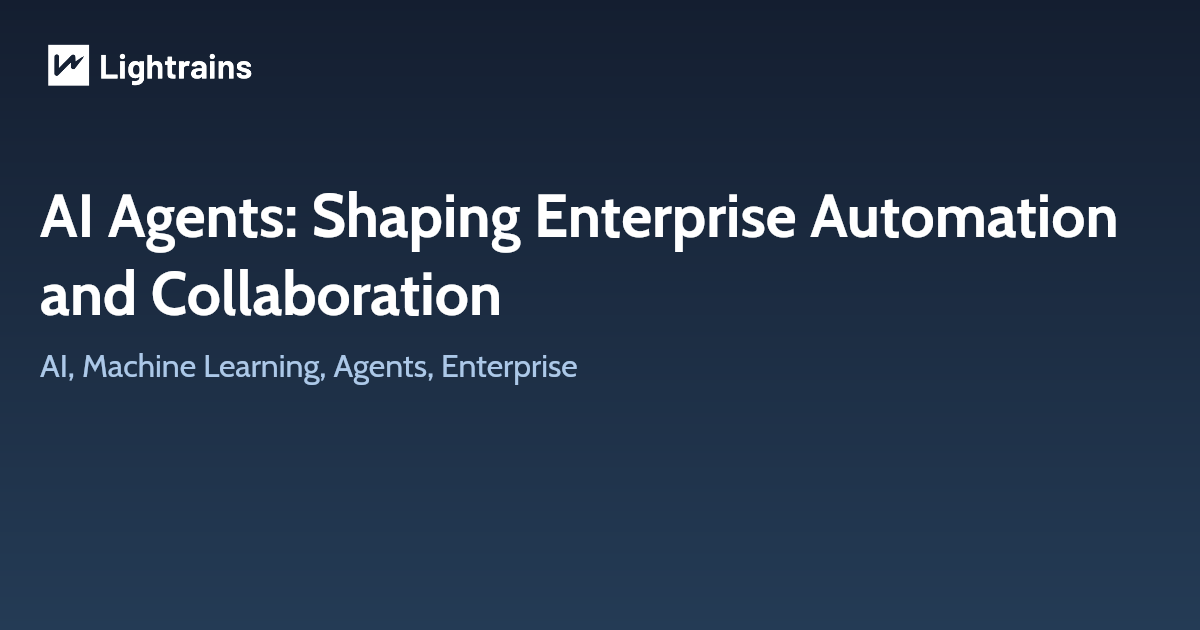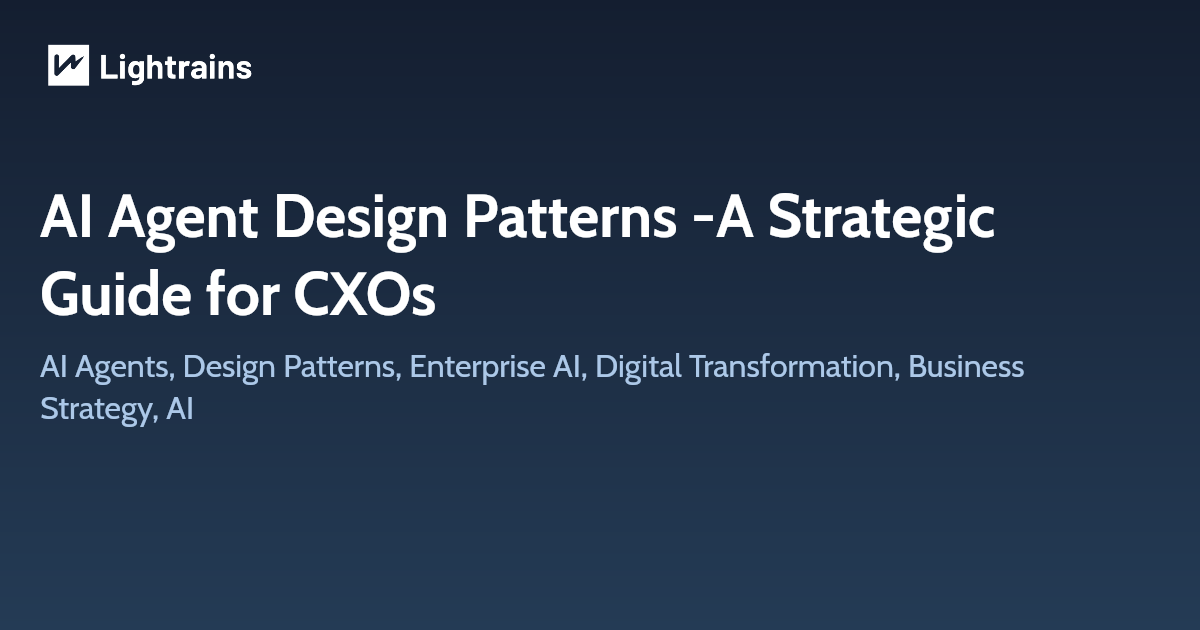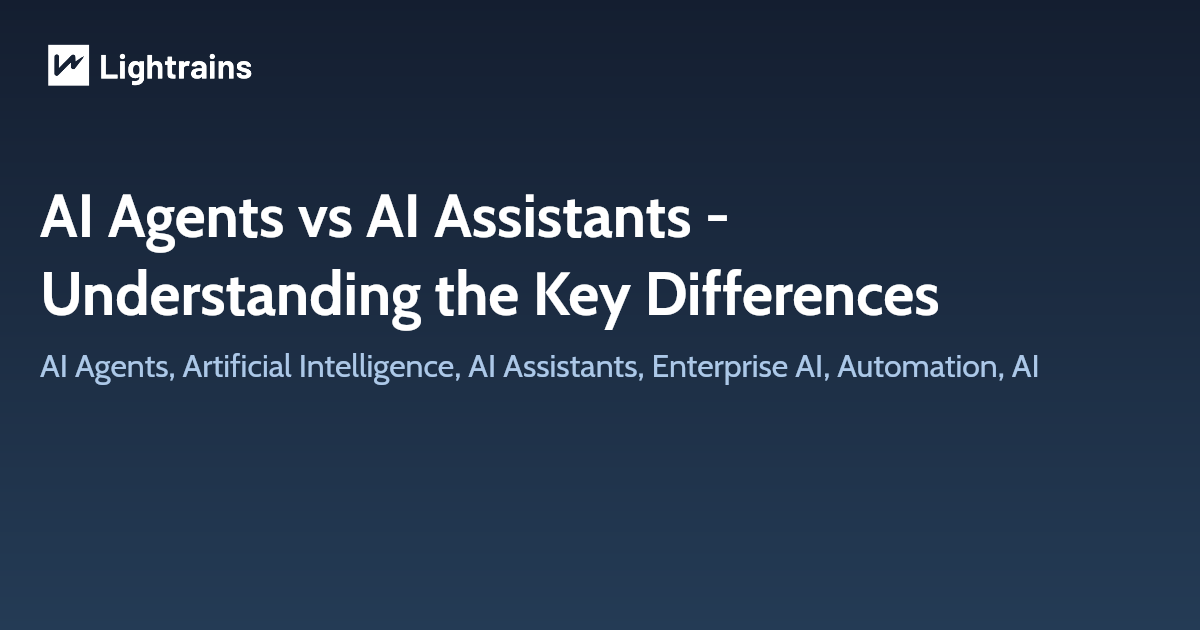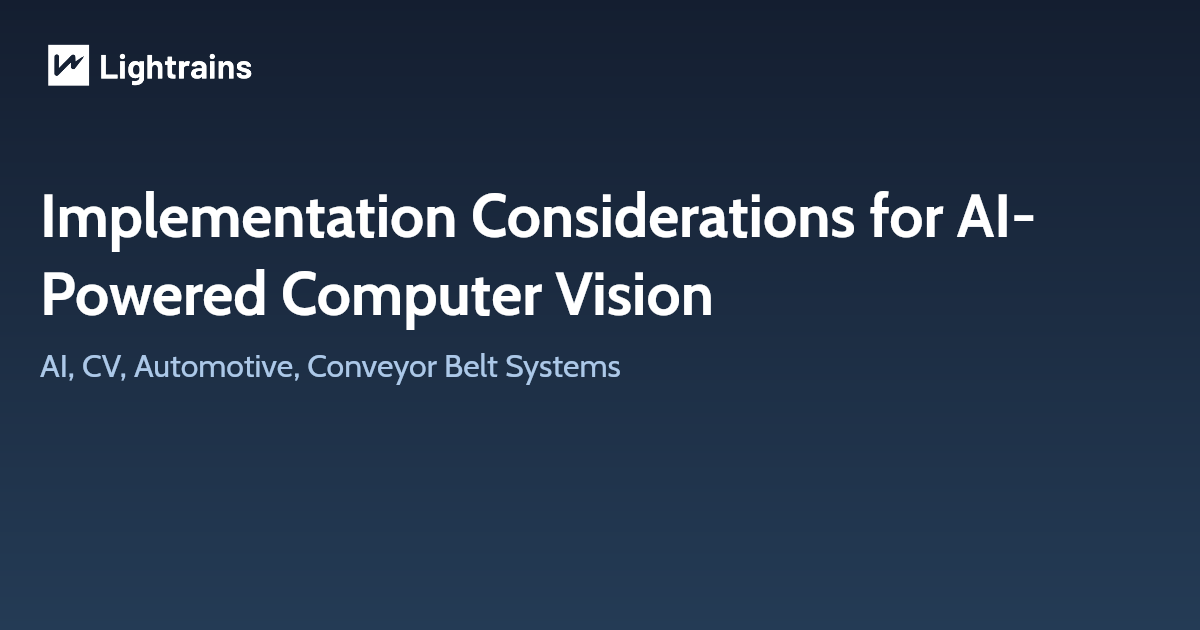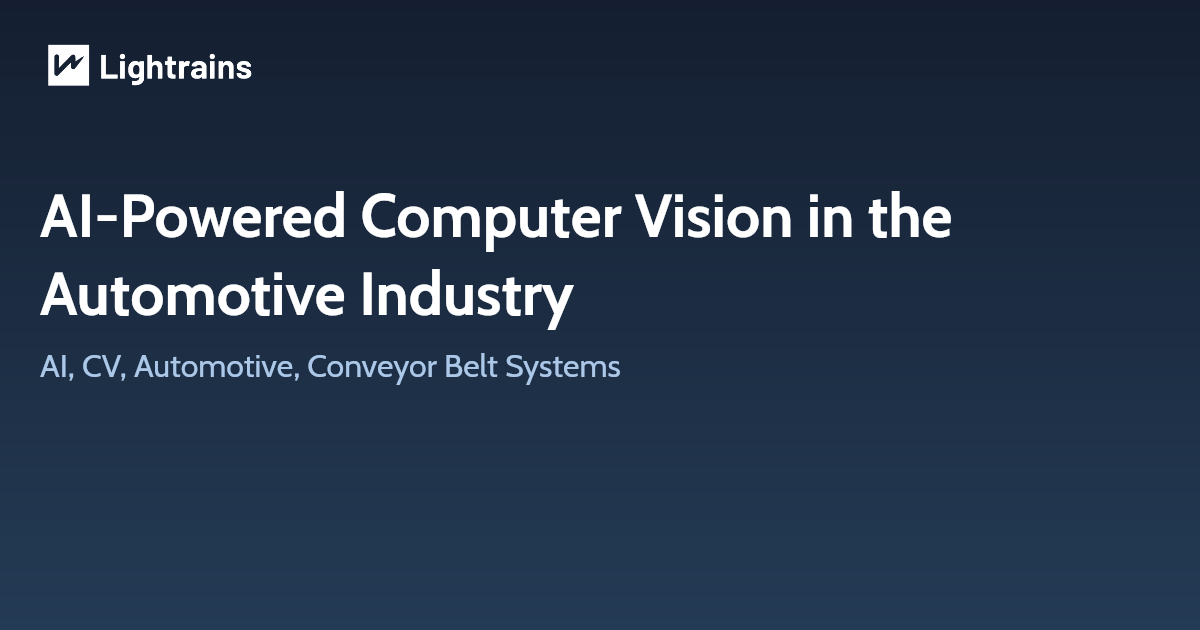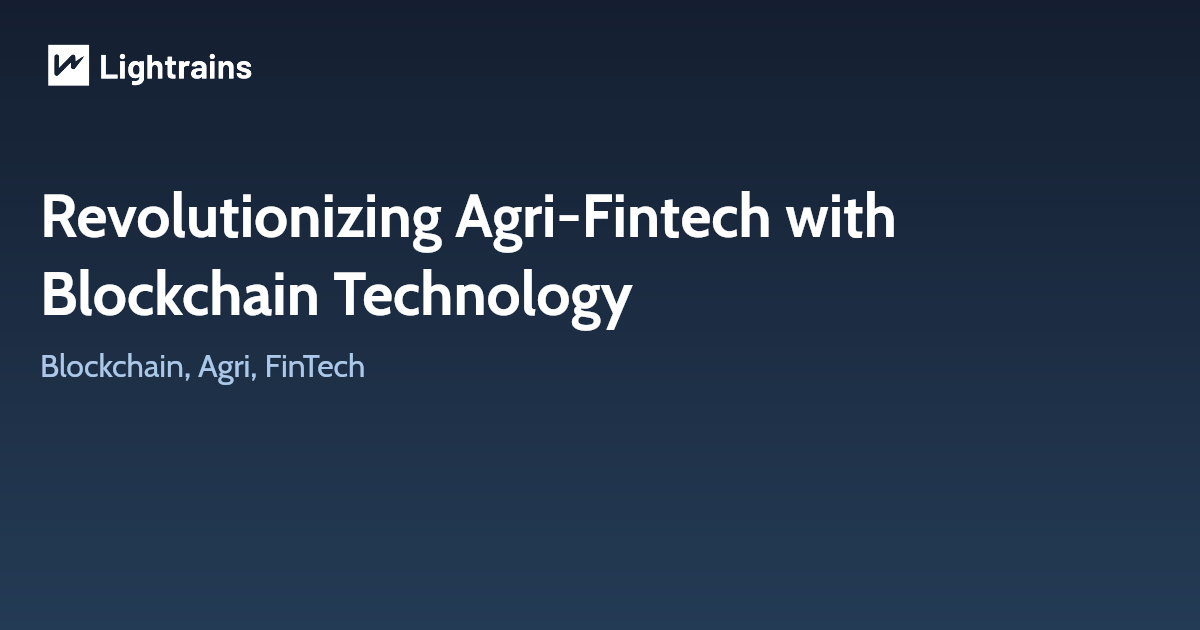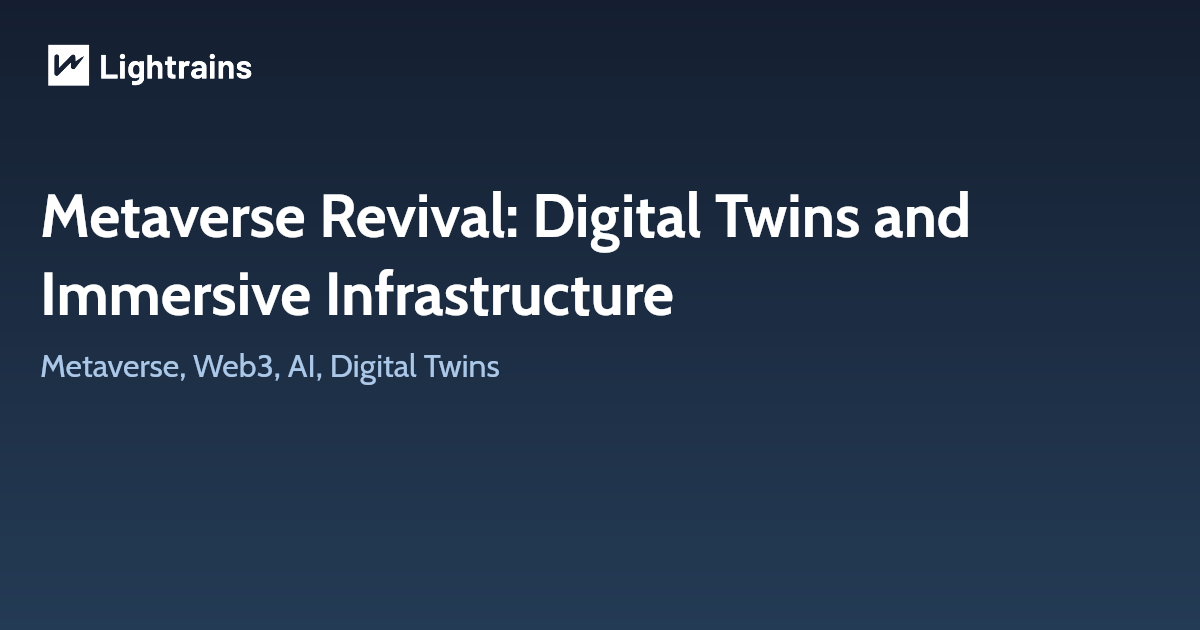
Beyond gaming: the metaverse gets practical
For years the word “metaverse” conjured images of virtual concerts or online games. That narrative is shifting. Governments and enterprises are adopting metaverse technologies for real‑world infrastructure management, training and collaboration. Digital twins and augmented reality are connecting physical operations with immersive 3D environments, creating new value.
Malaysia’s Intelligence Operations Centre
In October 2025 Malaysia unveiled a metaverse‑based Intelligence Operations Centre (IOC) in Selangor. The centre integrates AI, Internet of Things (IoT), 3D visualization and data analytics. Key capabilities include (as reported in the Coingeek article on Malaysia’s metaverse hub):
- Immersive digital twins: Users can navigate virtual replicas of buildings and project sites using 3D visualization technology. This lets engineers inspect infrastructure remotely and test improvements without disrupting operations.
- Predictive maintenance: AI analyzes IoT sensor data to identify trends and anticipate failures. Teams can respond before problems occur, improving reliability.
- Operational simulations: The IOC supports simulations of different strategies, saving time and resources. Government agencies can monitor live data streams across multiple projects and coordinate responses.
- Crisis management: Real‑time data feeds help authorities respond quickly to emergencies, while virtual views improve situational awareness.
- ESG and smart‑city initiatives: The system improves transparency and aligns with environmental, social and governance goals.
Malaysia plans to expand the IOC nationwide after early success. Analysts note that the metaverse is experiencing a revival, with interest shifting from gaming to sectors like manufacturing, education and tourism. A report by Exactitude Consultancy estimates that the metaverse healthcare market will grow to $47.7 billion by 2034, a compound annual growth rate of 27.1 percent.
Market momentum and new hardware
Press releases reflect the metaverse’s rapid growth. The global market, valued at $52.1 billion in 2022, is expected to reach $1,020.6 billion by 2030, growing at a 45.5 percent CAGR (according to a metaverse market press release). Several notable developments occurred in 2025:
- Ray‑Ban Meta Display: Meta launched smart glasses with a waveguide display and the Neural Band wristband that reads muscle signals. The glasses’ monocular HUD has a 600×600 resolution, 20‑degree field of view and brightness up to 5 000 nits. Users can access Meta AI, messaging, navigation and live translation. Early demand was so high that the product sold out within days and required appointments for demos (as reported by UploadVR).
- Horizon TV and Workrooms 3.0: Meta introduced a VR streaming hub and upgraded its virtual collaboration platform with AI‑driven tools, expanding the use of immersive tech in enterprise meetings (source: metaverse market press release).
- Oakley Meta Vanguard: New smart glasses targeted at athletes feature a centered action camera and enhanced water resistance, demonstrating the diversification of wearable devices (also noted in the press release).
These innovations indicate that immersive devices are moving into mainstream use cases like navigation, translation and corporate collaboration. For leaders, the question is no longer whether the metaverse will matter, but how to leverage it.
Strategic considerations
As you explore metaverse and Web3 applications, consider the following:
- Identify value drivers: Where can digital twins improve efficiency? Manufacturing plants can simulate production lines before retooling, while facilities managers can inspect remote sites without travel.
- Prioritize interoperability: Ensure your metaverse solution integrates with existing databases, sensors and workflows. Standards like IPFS (interplanetary file system) support decentralized data sharing.
- Balance privacy and openness: Immersive platforms collect sensitive data. Adopt robust identity and access management, and consider decentralized identities for user control.
- Anticipate hardware adoption: Smart glasses are still niche, with limited availability and high cost. Plan pilots with early adopters and design experiences that don’t require every user to wear a headset.
- Avoid hype: Not every problem needs a virtual world. Focus on use cases where spatial computing adds real value.
Industries embracing immersive tech
The metaverse is not limited to entertainment. Organisations across sectors are already adopting immersive technologies:
- Manufacturing: Factories use digital twins to simulate assembly lines, test new layouts and train workers in a risk‑free environment. Our exploration of spatial computing in automotive shows how car makers blend blockchain and AR to track parts and conduct virtual test drives.
- Healthcare: Medical schools and hospitals employ VR and AR for surgical training, remote consultations and therapy. Malaysia’s IOC demonstrates how metaverse platforms can support predictive maintenance of healthcare infrastructure.
- Real estate and architecture: Developers create virtual walkthroughs of properties, enabling buyers to explore spaces from anywhere. Digital twins also help architects test energy efficiency and structural performance.
- Education: Virtual classrooms and collaborative labs enable students to interact with 3D models, conduct experiments and learn in immersive settings.
- Retail and marketing: Brands build virtual showrooms and gamified experiences to engage customers. Learn more about such applications in our post on metaverse virtual lands.
By understanding these use cases, you can decide where immersive technologies could deliver the greatest impact. Check out our research on NFTs and the metaverse to see how tokenization underpins digital ownership in these worlds.
How Lightrains supports metaverse innovation
Lightrains offers end‑to‑end metaverse and Web3 development services. We build immersive experiences, create NFT marketplaces and integrate blockchain with spatial computing. Our team has delivered projects like virtual showrooms, decentralized loyalty programs and digital collectibles. Explore our articles on metaverse virtual lands, spatial computing in automotive and the nitty gritties of NFTs and the metaverse for deeper insights.
Our expertise spans full‑stack development, from backend blockchain logic to frontend interfaces built with React.js and other modern frameworks. We consider performance, accessibility and search‑engine optimisation when crafting immersive experiences. If you’re building a metaverse application, our posts on Next.js performance tips, understanding useReducer in React and using the useRef hook can help you optimise the client side. Whether you need to design a digital twin, build a secure NFT marketplace or integrate Web3 into your existing systems, we can help you navigate the technical and strategic challenges.
Call to action
The metaverse is entering a new phase. Digital twins, AI and IoT are transforming it from a novelty into a practical tool for infrastructure, healthcare and industry. Smart glasses and immersive platforms are opening new ways to collaborate. Contact Lightrains to start your metaverse journey. Together we’ll build experiences that deliver real value, not just virtual hype.
This article originally appeared on lightrains.com
Leave a comment
To make a comment, please send an e-mail using the button below. Your e-mail address won't be shared and will be deleted from our records after the comment is published. If you don't want your real name to be credited alongside your comment, please specify the name you would like to use. If you would like your name to link to a specific URL, please share that as well. Thank you.
Comment via email